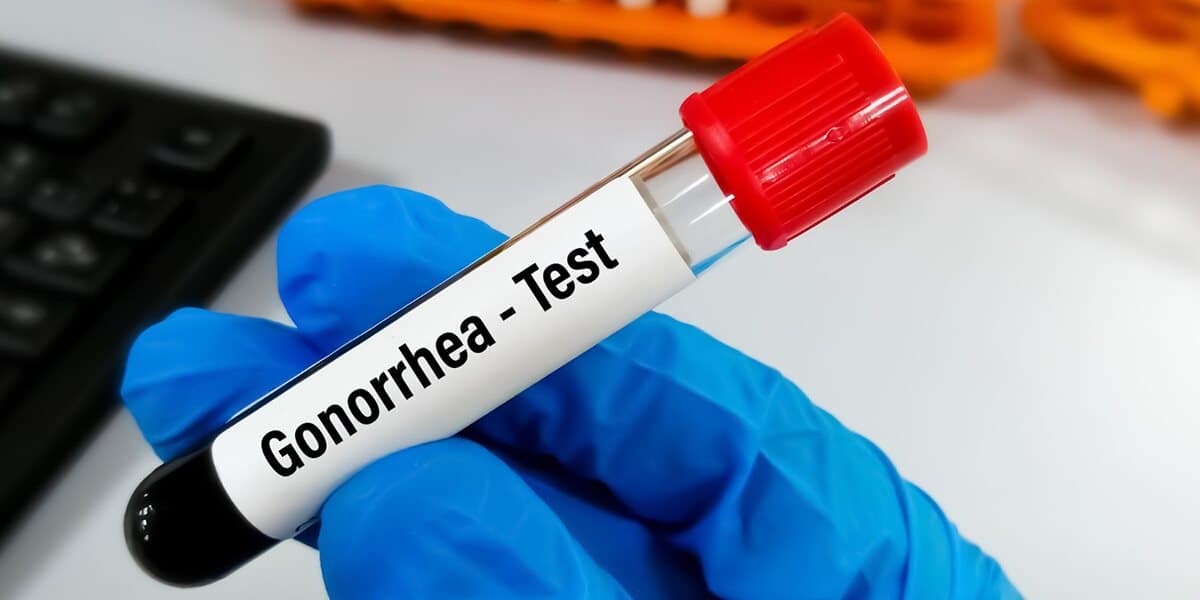Gonorrhea is a sexually transmitted infection (STI) caused by the bacterium Neisseria gonorrhoeae. It is a common and easily spread infection that can affect both men and women. Often referred to as “the clap” or “the drip,” gonorrhea is a significant public health concern due to its prevalence and potential complications. In this article, we will explore the causes, symptoms, and available treatments for gonorrhea.
Causes of Gonorrhea
Gonorrhea is primarily caused by the bacterium Neisseria gonorrhoeae. The infection is highly contagious and is typically spread through sexual contact with an infected person. This includes vaginal, anal, or oral sex. Additionally, an infected mother can pass the bacteria to her baby during childbirth.
The bacteria can infect the genital tract, as well as the mouth, throat, eyes, and rectum. While condoms can significantly reduce the risk of gonorrhea transmission, they do not eliminate the risk entirely.
Symptoms of Gonorrhea
Gonorrhea is often asymptomatic, meaning many infected individuals do not experience noticeable symptoms. This can contribute to the unintentional spread of the infection, as individuals may be unaware that they are carriers. When symptoms do occur, they typically manifest within 2 to 14 days after exposure.
Common Symptoms in Men
- Painful Urination: A burning sensation during urination is a common symptom of gonorrhea in men.
- Discharge from the Penis: Men with gonorrhea may notice a white, yellow, or green discharge from the penis.
- Swollen or Painful Testicles: In some cases, the testicles may become swollen or painful.
Common Symptoms in Women
- Painful Urination: Similar to men, women with gonorrhea may experience pain or a burning sensation during urination.
- Increased Vaginal Discharge: An abnormal increase in vaginal discharge that may be discolored.
- Abdominal or Pelvic Pain: Some women may experience abdominal or pelvic pain, which can be mild or severe.
- Irregular Menstrual Bleeding: Gonorrhea can cause irregularities in menstrual bleeding.
Symptoms in Both Genders:
- Rectal Infections: In individuals who engage in anal sex, gonorrhea can cause discomfort, discharge, or bleeding from the rectum.
- Throat Infections: Gonorrhea can infect the throat, particularly in cases of oral sex, leading to a sore throat.

Complications of Untreated Gonorrhea
If left untreated, gonorrhea can lead to severe complications that affect both men and women:
- Pelvic Inflammatory Disease (PID): Untreated gonorrhea in women can progress to PID, a serious infection of the reproductive organs that can lead to infertility and chronic pelvic pain.
- Infertility: In both men and women, gonorrhea can cause infertility by damaging the reproductive organs.
- Increased Risk of HIV: Individuals with gonorrhea are at a higher risk of acquiring or transmitting HIV.
- Joint and Blood Infections: Gonorrhea can spread to the joints and blood, causing arthritis and potentially life-threatening conditions.
Diagnosis of Gonorrhea
Diagnosing gonorrhea typically involves a combination of medical history, physical examination, and laboratory tests. Healthcare providers may collect samples from the genital, rectal, or throat areas to test for the presence of Neisseria gonorrhoeae. Additionally, urine samples can be used for testing.
It’s important to note that not all healthcare providers routinely screen for gonorrhea, so individuals should communicate openly with their healthcare provider about their sexual history and any symptoms they may be experiencing.
Treatment Options
The good news is that gonorrhea is curable with the appropriate treatment. Antibiotics are the primary means of treating gonorrhea, and the choice of antibiotics may vary based on factors such as the individual’s health, allergies, and the presence of other infections. It is crucial to complete the full course of antibiotics prescribed by the healthcare provider, even if symptoms improve before the medication is finished.
Due to the increasing prevalence of antibiotic-resistant strains of Neisseria gonorrhoeae, healthcare providers may recommend dual therapy, combining two different antibiotics to increase the effectiveness of treatment.
Prevention and Safe Practices
Preventing gonorrhea involves practicing safe sex and taking precautions to reduce the risk of infection. Here are some key preventive measures:
- Condom Use: Consistent and correct use of condoms during vaginal, anal, and oral sex can significantly reduce the risk of gonorrhea transmission.
- Regular Screening: Individuals who are sexually active, especially those with multiple partners, should undergo regular STI screenings, including tests for gonorrhea.
- Mutual Monogamy: Limiting sexual activity to a mutually monogamous relationship with an uninfected partner can reduce the risk of acquiring gonorrhea.
- Vaccination: While no vaccine currently exists for gonorrhea, staying up-to-date with other vaccinations, such as the HPV vaccine, can contribute to overall sexual health.
- Open Communication: Open communication with sexual partners about STI testing and sexual health is crucial. Discussing sexual health can help create a supportive and informed environment.

The Global Impact of Gonorrhea
Gonorrhea is a global health concern, with millions of new cases reported each year. The World Health Organization (WHO) emphasizes the importance of addressing the rising rates of antibiotic resistance in the treatment of gonorrhea. The development of new antibiotics and strategies to prevent the spread of resistant strains is essential in controlling the impact of this STI on public health.
Conclusion
Gonorrhea remains a prevalent and concerning sexually transmitted infection with potential complications if left untreated. Increased awareness, regular screenings, and practicing safe sex are critical components in the prevention and control of gonorrhea. Timely diagnosis and appropriate treatment with antibiotics are essential for managing the infection and preventing long-term complications. By promoting sexual health education and fostering open communication, individuals and communities can contribute to reducing the incidence of gonorrhea and its impact on global public health.



